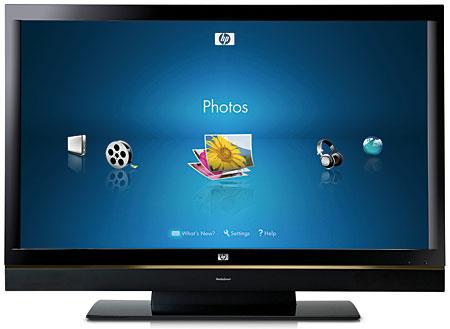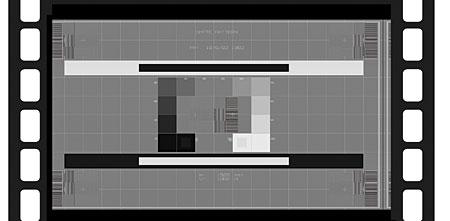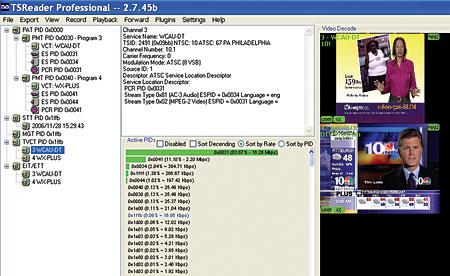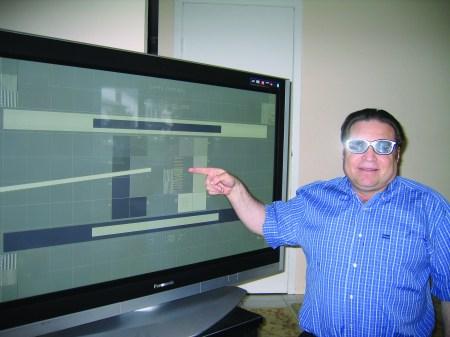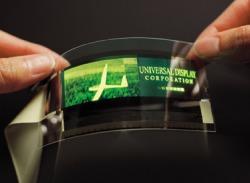|
May 21, 2007 |
First Published: Apr 21, 2007 |
|
Mar 08, 2007 |
First Published: Mar 09, 2007 |
|
Feb 08, 2007 |
First Published: Feb 09, 2007 |
|
Nov 21, 2006 |
First Published: Nov 22, 2006 |
|
Oct 11, 2006 |
|
Jan 08, 2005 |
First Published: Sep 08, 2006 |
|
Jul 08, 2004 |
First Published: Sep 08, 2006 |
